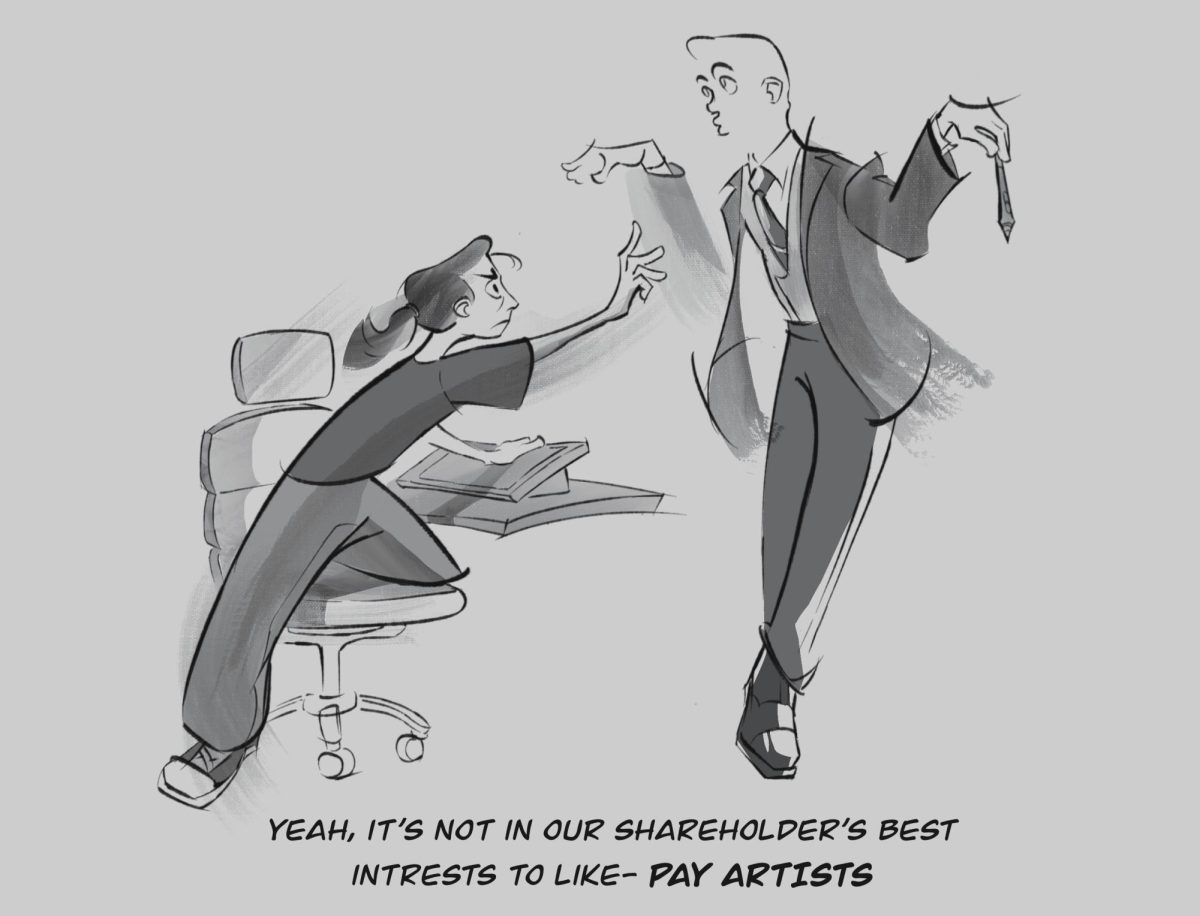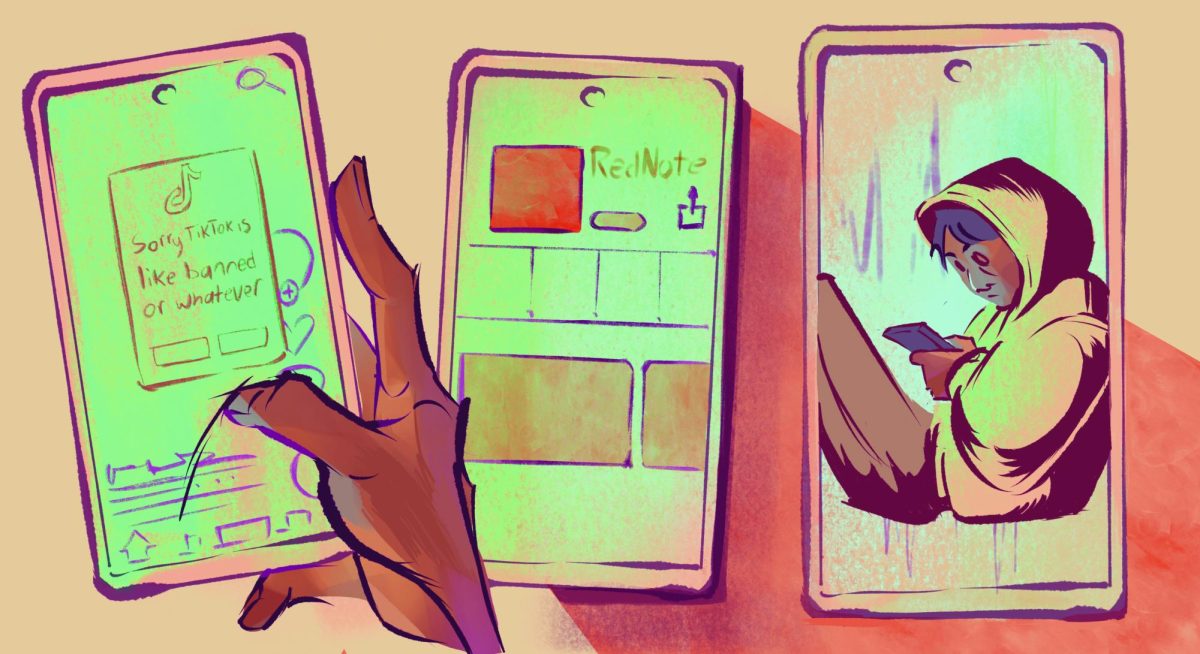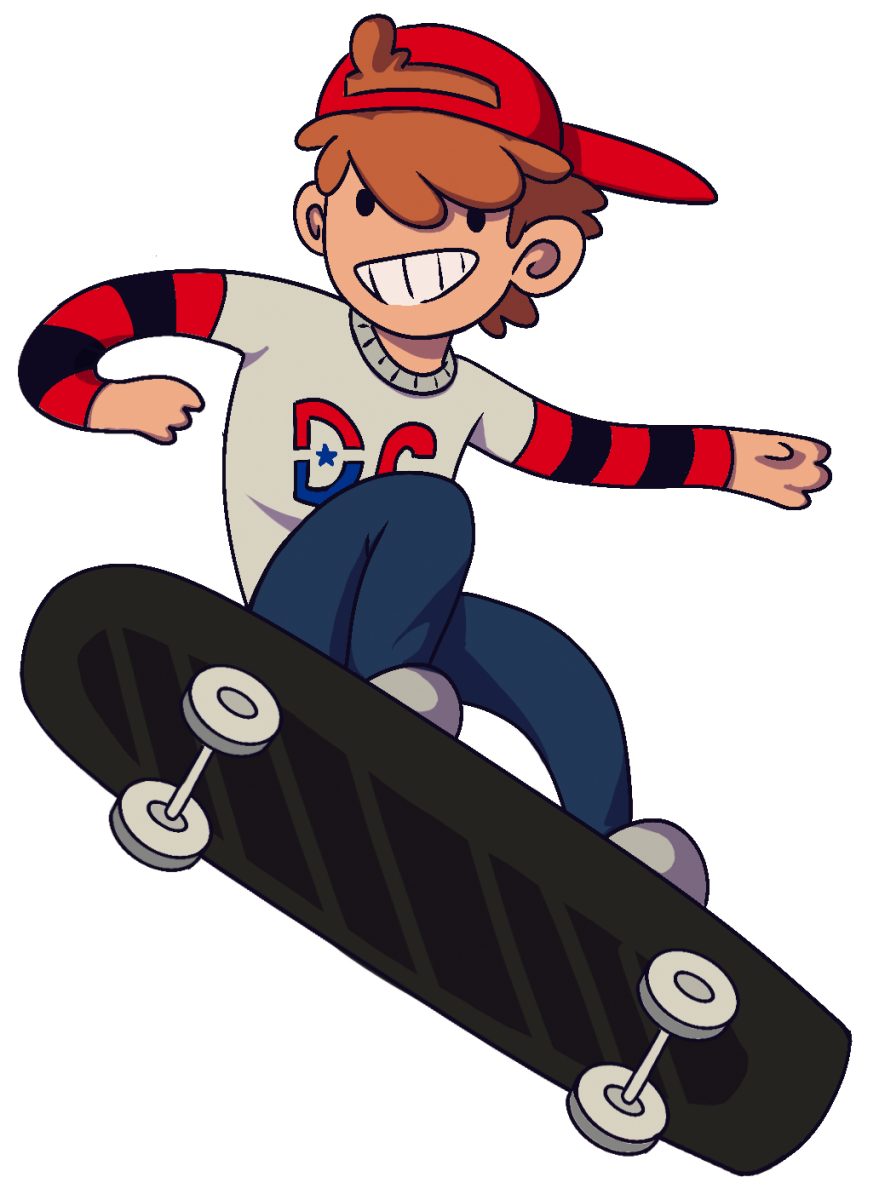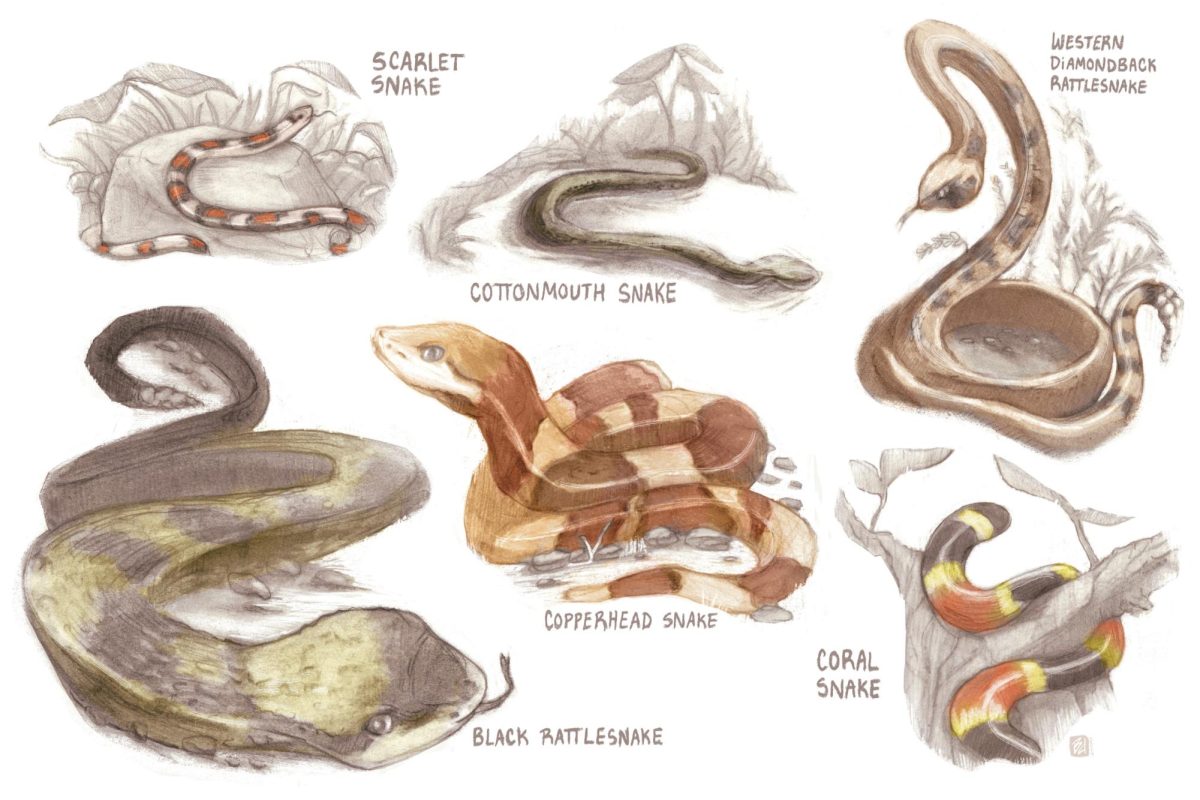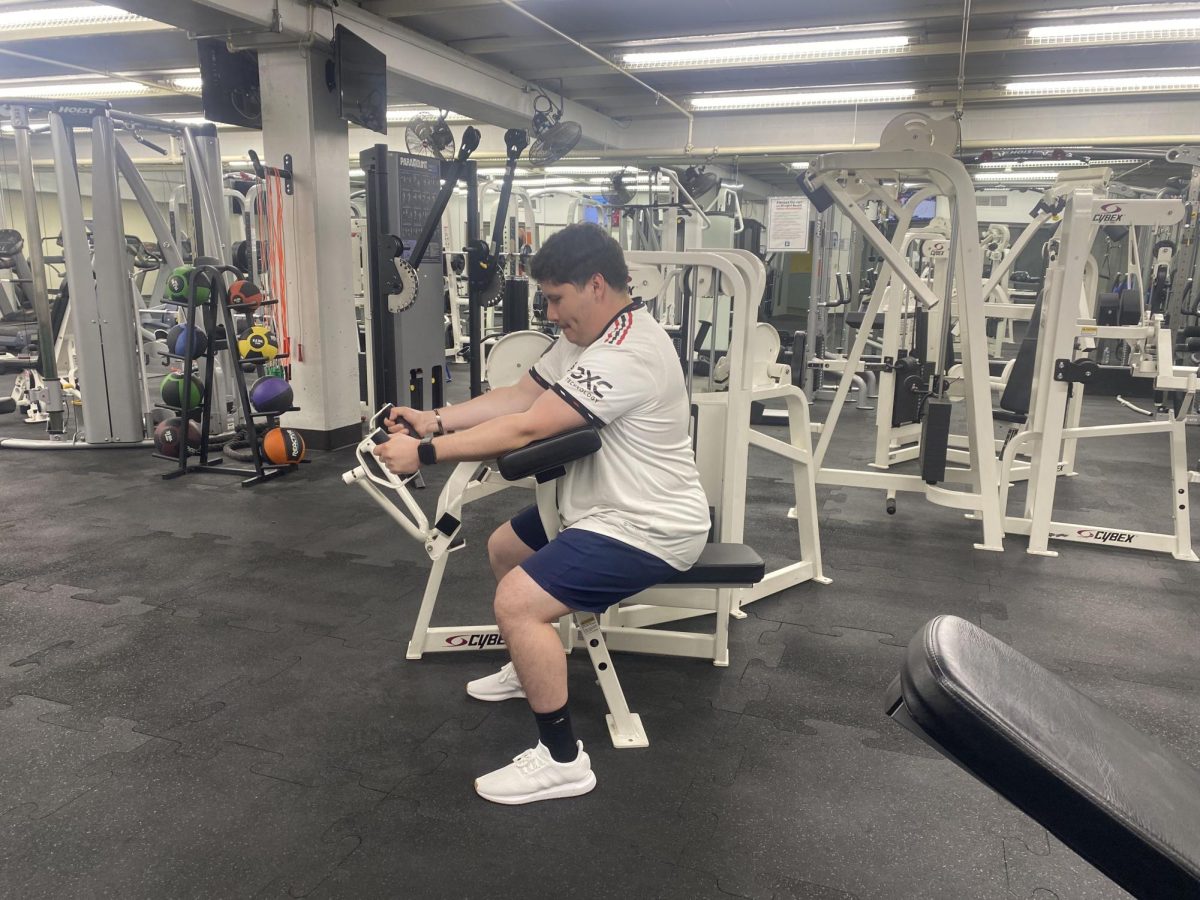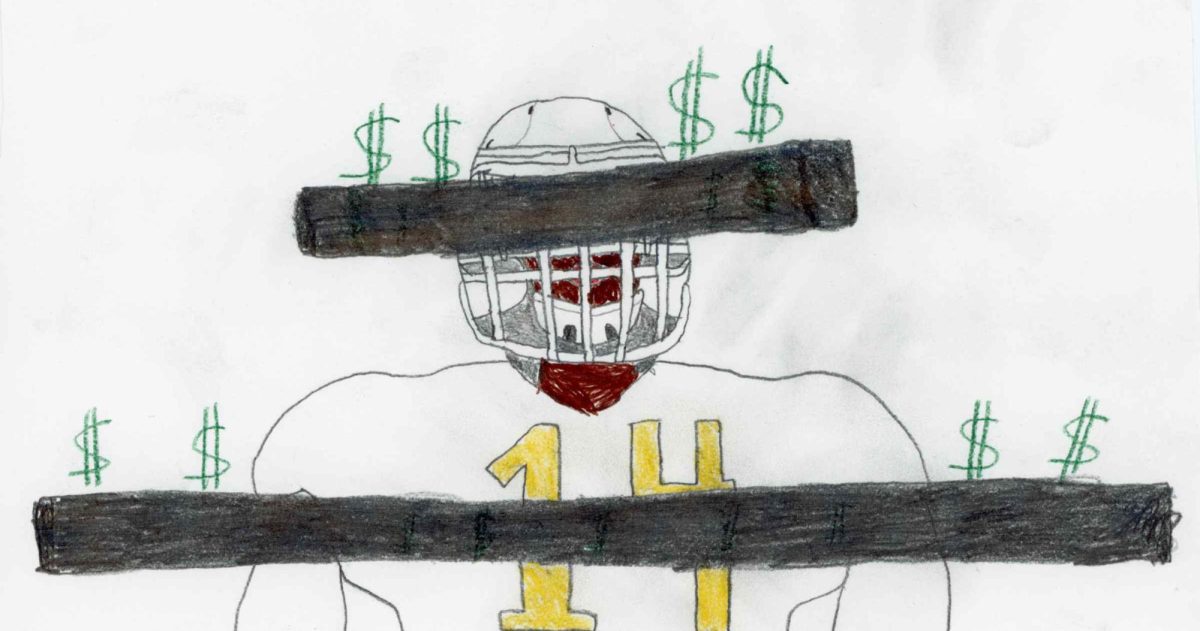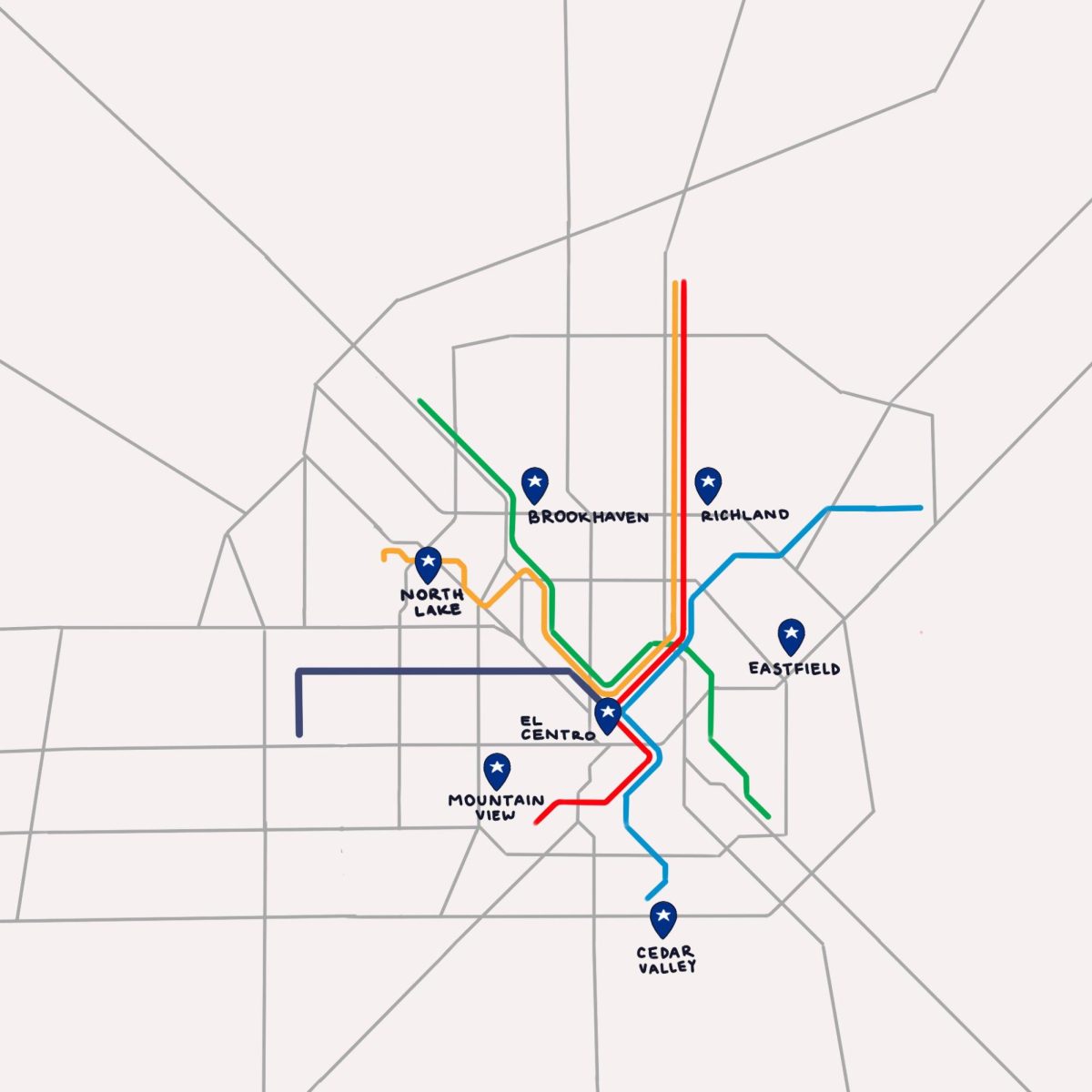The launch of models like ChatGPT4, DALL-E and Midjourney, along with recent advancements in the data science field, has sparked extensive debates about artificial intelligence’s potential and impact, ranging from the utopian ideal of eradicating drudgery to dystopian existential threats against human races.
I’m an artist currently trying to establish myself as a professional animator, so it won’t be hard for you to guess my stance on generative artificial intelligence. However, despite my biased opinion, I don’t want to turn this into an argument about whether you should like AI or not, but rather, point out the recent questionable tendencies of some companies promoting it, and why you should be concerned about them.
It was around 2016, during my high school years, when I first heard the concept of artificial intelligence. It was while watching a documentary titled “Never-Ending Man: Hayao Miyazaki,” when a group of programmers and software engineers presented their proposals to a Ghibli Studio animators and executives, including the studio’s director himself, Hayao Miyazaki. The presentation featured a CGI zombie contorting on the floor in the AI’s unsuccessful attempt to make the model walk. By the end of it, Suzuki, SG producer, asked, “What is your goal?” to which the engineers replied, “To create a machine capable of drawing images just like a human.” That unique phrase left me with an indescribable emptiness. As someone who enjoys creating art, especially drawing, the idea of looking to artificially automate a craft that is inherent in human nature felt horrifying and in Miyazaki’s own words “an insult to life itself.”
Creating art can be fun and beautiful, but challenging. I’m not opposed to finding tools or solutions that help streamline certain tasks. However, the intention of entirely replacing a person’s work behind this made me question its benefits for me or any other creative worker. I tried to convince myself that no one in the creative industry would accept or defend such initiatives — and I was right. It was a different type of market that found this concept appealing.
I admit that this technology holds great potential, but even with my limited knowledge, I can see that it is still far from being able to displace human intelligence and skills.
Despite the massive amount of resources being invested in its development, I haven’t witnessed actual progress that could positively revolutionize labor, aside from some areas in programming and coding. So, I only feel skepticism toward the inflated promises made by many of these companies. Yet, it has become a daily occurrence to read newsletters of CEOs and stakeholders announcing layoffs of their workforce to invest in future AI implementations, probably betting on the idea that it’s ready to match a professional’s job.
This seems to me more like a financial tactic to cut costs while maintaining a strong image to their investors. If this is the case, I see at least three potential outcomes from it.
First, this technology, in fact, does not provide that much progress, and to sustain the productivity that AI was supposed to enhance, they’ll end up outsourcing cheaper labor from other countries and keep attributing their success to the AI.
Second, they could be already integrating poor applications of this technology into their pipelines, forcing employees to make it work under unrealistic circumstances or risk being terminated.
Third, both scenarios could be happening simultaneously, only affecting those employees who are paid much less of their actual value. In any case, the only ones truly benefiting from AI are those who make misleading promises to the public, eager to spend on “innovation.”
A couple of weeks ago I went to a huge convention for animators and creatives from the industry. One of the talks was about generative AI and while I was hoping for fresh insights on how to approach this new technology more ethically, the reality was that I had to listen to a group of executives and directors boasting about how they could finally get rid of their creative teams and illustrators from future projects.
The entire session felt like an hour-long commercial about discrediting human labor, all under the guise of AI “democratizing” creativity and art. The worst part wasn’t just hearing this kind of nonsense, it was watching an audience full of aspiring artists and students cheering for the same thing that could end their job stability. I assume because they hopefully believed they could also reap the benefits as much as the people in power.
Unfortunately, my concerns about generative AI go beyond just threatening my livelihood as a professional artist; it also has the potential to breach my intellectual property rights. While I can’t explain all the technical details, it is known that the performance of these models depends on scraping a large quantity of data available on the web. In other words, many of the models capable of producing convincing images are mostly fueled by uncountable amounts of copyrighted material — used without the creator’s consent or compensation. Although several legal battles on this matter are ongoing, companies in this industry continue to profit from it, often by exploiting the term “fair use” or “progress” to justify content theft. Now, because of this, I feel forced to choose between allowing these companies to keep reaping the property rights over my own work or just quit the internet — both reducing my chances to make a living out of my career.

